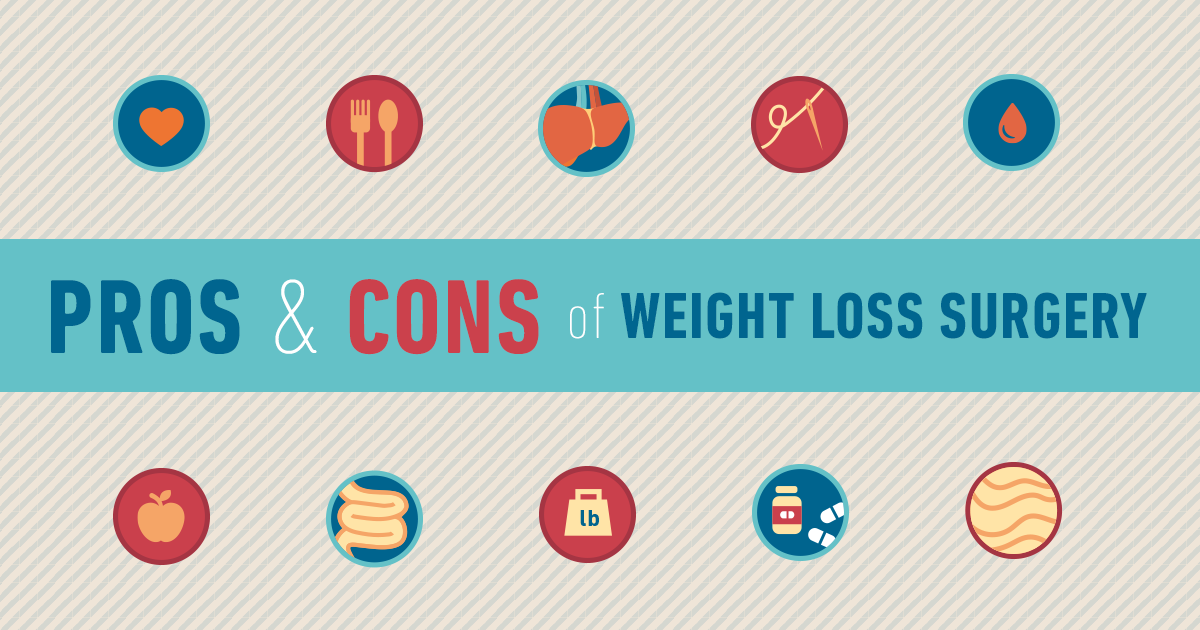If you've been taking into consideration SMILE eye surgical treatment, you may ask yourself exactly how it compares to LASIK and PRK. Each procedure has its very own collection of benefits and considerations. From quicker healing times to potential threats, there are vital differences you should recognize before choosing. Recognizing these differences will assist you make an informed option that straightens with your specific needs and expectations. visit the following website to understand more regarding just how these procedures compare in detail? Keep exploring to gain an extensive understanding of SMILE, LASIK, and PRK.
SMILE Eye Surgical Treatment Review
If you're thinking about SMILE eye surgical treatment, you'll discover it to be a minimally invasive treatment with a fast recuperation time. During SMILE (Tiny Incision Lenticule Extraction), a laser is utilized to produce a tiny, precise cut in the cornea to get rid of a tiny item of cells, reshaping it to correct your vision. This differs from LASIK, where a flap is produced, and PRK, where the outer layer of the cornea is entirely gotten rid of.
One of the crucial advantages of SMILE is its minimally invasive nature, bring about a faster healing process and less pain post-surgery. The recovery time for SMILE is reasonably quick, with lots of clients experiencing boosted vision within a day or 2. This makes it a prominent selection for those seeking a practical and effective vision correction procedure. Additionally, SMILE has been shown to have a lower danger of dry eye disorder compared to LASIK, making it a positive choice for people concerned regarding this prospective adverse effects.
Differences Between SMILE, LASIK, and PRK
When contrasting SMILE, LASIK, and PRK eye surgeries, it's important to recognize the distinct techniques utilized in each treatment for vision improvement.
SMILE (Tiny Incision Lenticule Extraction) is a minimally intrusive treatment that involves creating a small cut to extract a lenticule from the cornea, improving it to remedy vision.
LASIK (Laser-Assisted In Situ Keratomileusis) entails creating a thin flap on the cornea, making use of a laser to improve the underlying cells, and then repositioning the flap.
PRK (Photorefractive Keratectomy) eliminates the outer layer of the cornea before reshaping the tissue with a laser.
The main difference hinges on the method the cornea is accessed and dealt with. SMILE is flapless, making it an excellent option for individuals with thin corneas or those associated with get in touch with sports. LASIK provides fast visual recovery because of the flap development, however it may present a higher danger of flap-related problems. PRK, although having a longer healing duration, stays clear of flap-related concerns completely.
Comprehending these variances is vital in choosing the most appropriate procedure for your vision modification demands.
Advantages And Disadvantages Contrast
To evaluate the advantages and disadvantages of SMILE, LASIK, and PRK eye surgeries, it's vital to consider the specific advantages and potential constraints of each procedure. SMILE surgery provides the advantage of a minimally invasive treatment, with a smaller cut and possibly quicker recovery time contrasted to LASIK and PRK. It also minimizes the danger of completely dry eye post-surgery, an usual side effect of LASIK. Nevertheless, SMILE may have limitations in dealing with higher levels of nearsightedness or astigmatism compared to LASIK.
LASIK surgery gives fast visual recuperation and very little discomfort during the treatment. It's highly efficient in treating a wide variety of refractive errors, consisting of myopia, hyperopia, and astigmatism. Yet, LASIK lugs a danger of flap difficulties, which can influence the corneal framework.
PRK eye surgery, while not as prominent as LASIK, avoids producing a corneal flap, lowering the risk of flap-related problems. It appropriates for patients with slim corneas or irregular corneal surface areas. Nevertheless, PRK has a much longer recovery time and may involve a lot more pain during the recovery procedure.
Final thought
So, when it concerns choosing in between SMILE, LASIK, and PRK, think of it like selecting the excellent pair of footwear. SMILE resembles a streamlined, comfy set of tennis shoes - fast and simple.
LASIK is much more like fashionable high heels - fancy and fast, yet with some prospective threats.
PRK is like tough treking boots - reliable and durable, yet calling for a little bit more effort and time.
Eventually, the most effective option depends on your individual needs and preferences.
